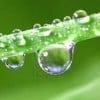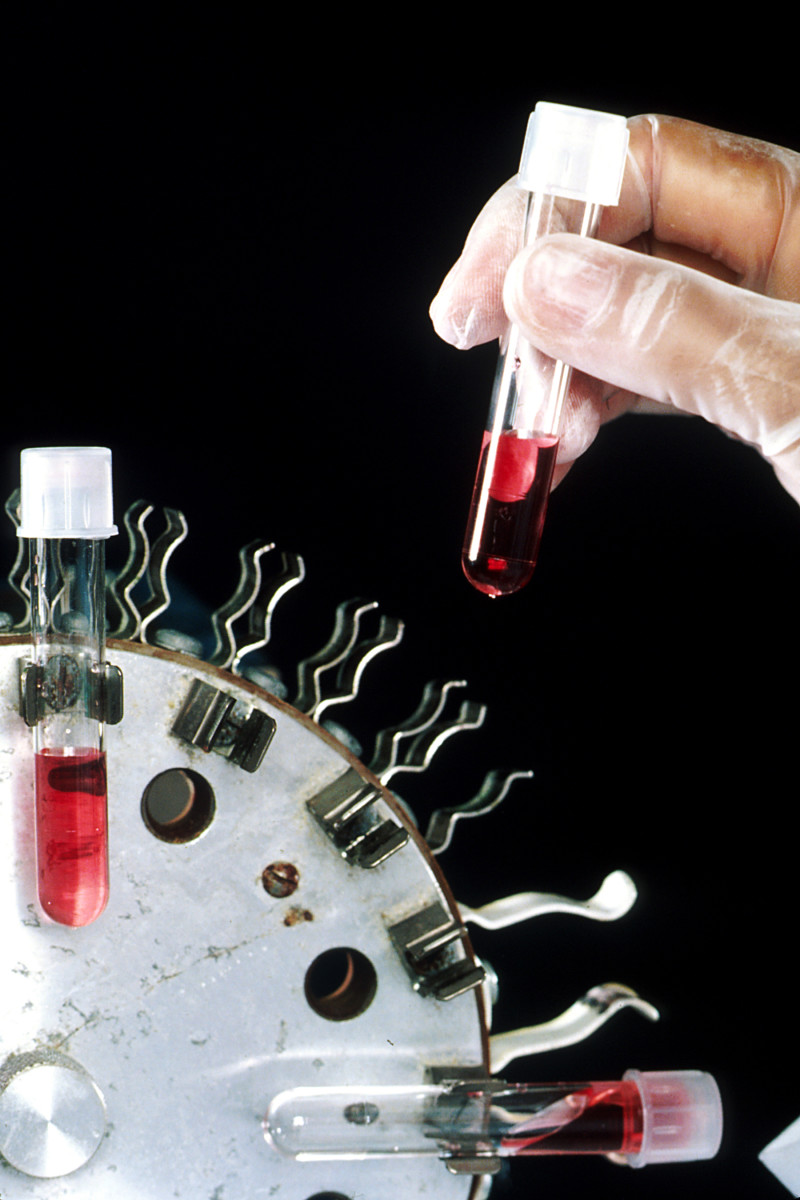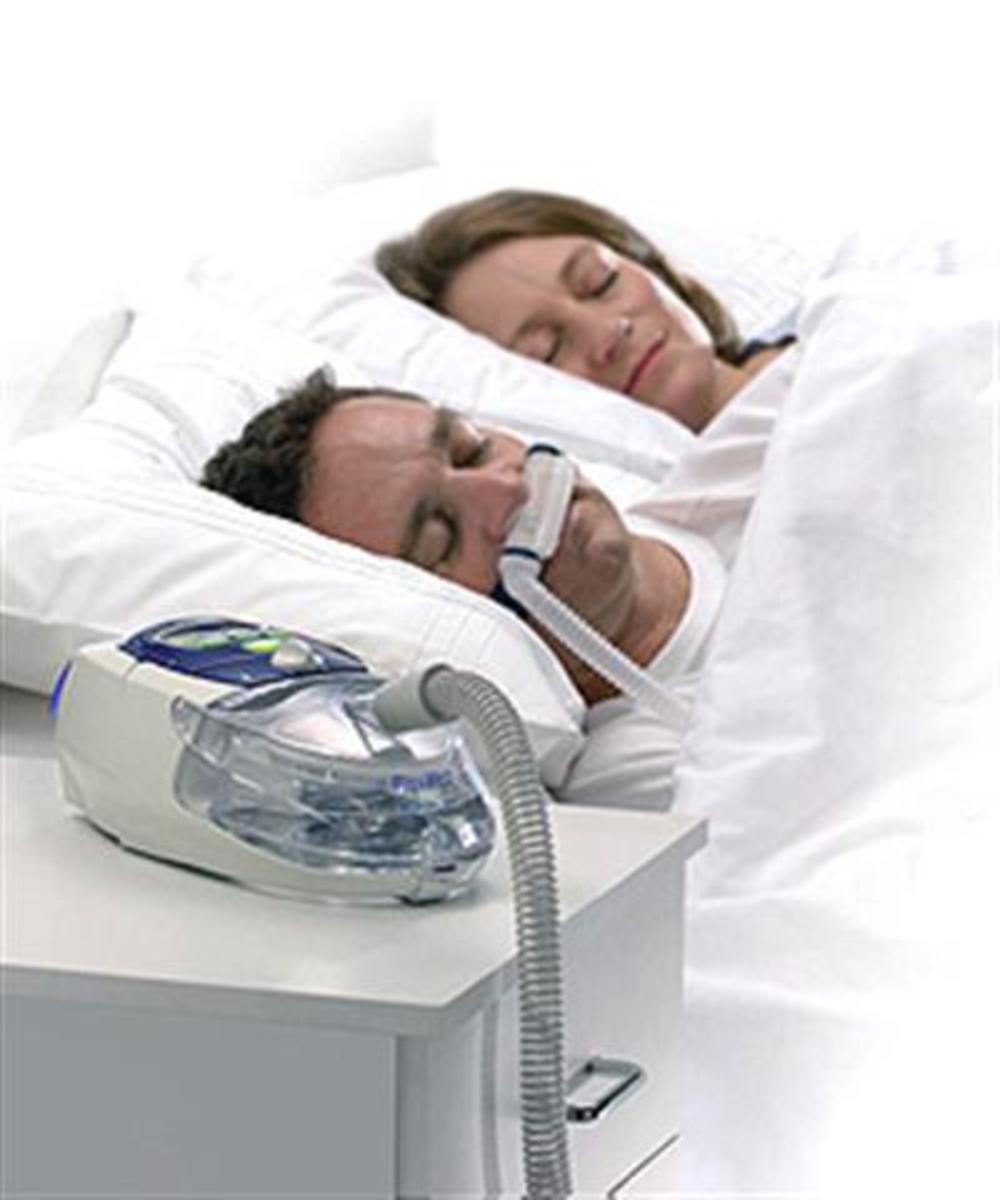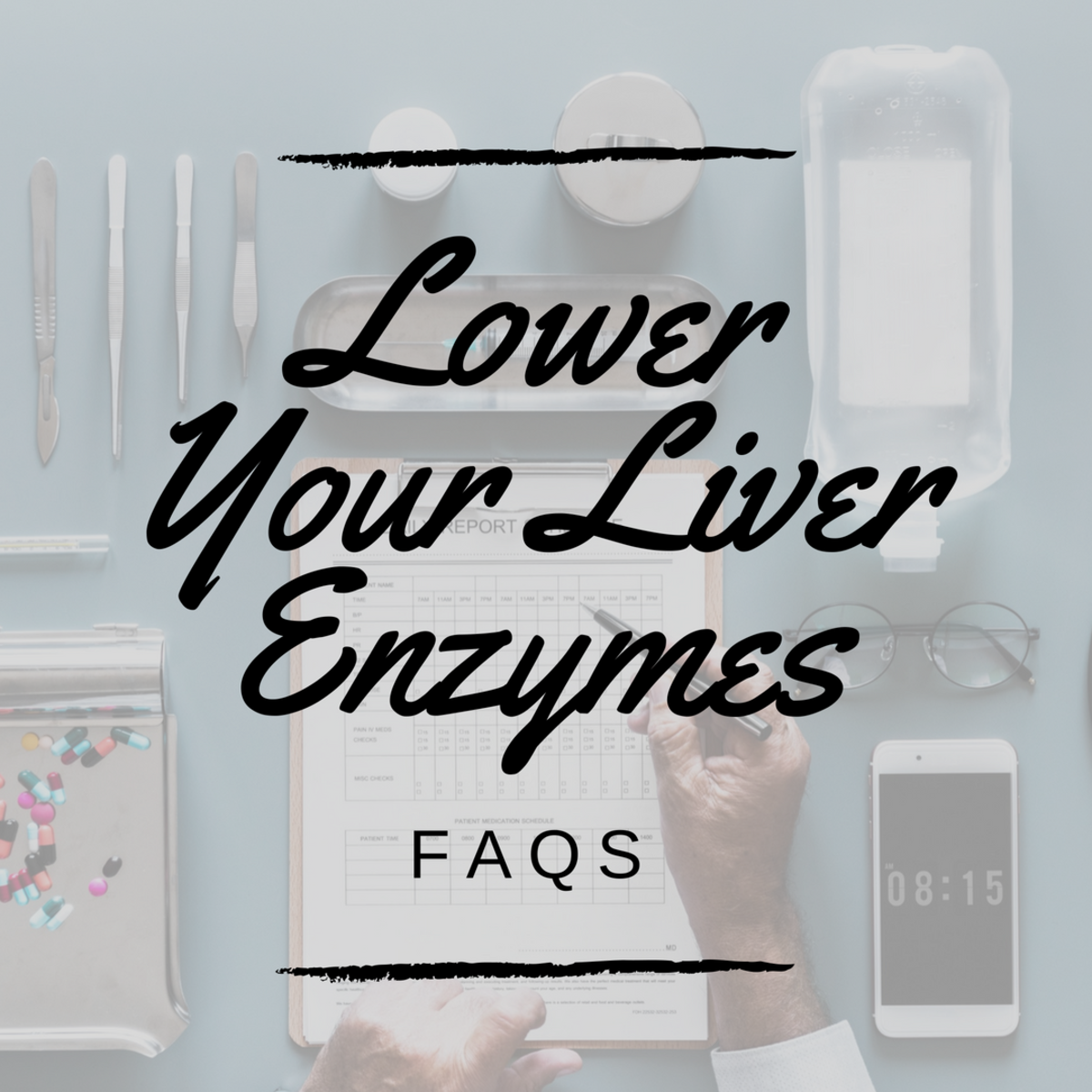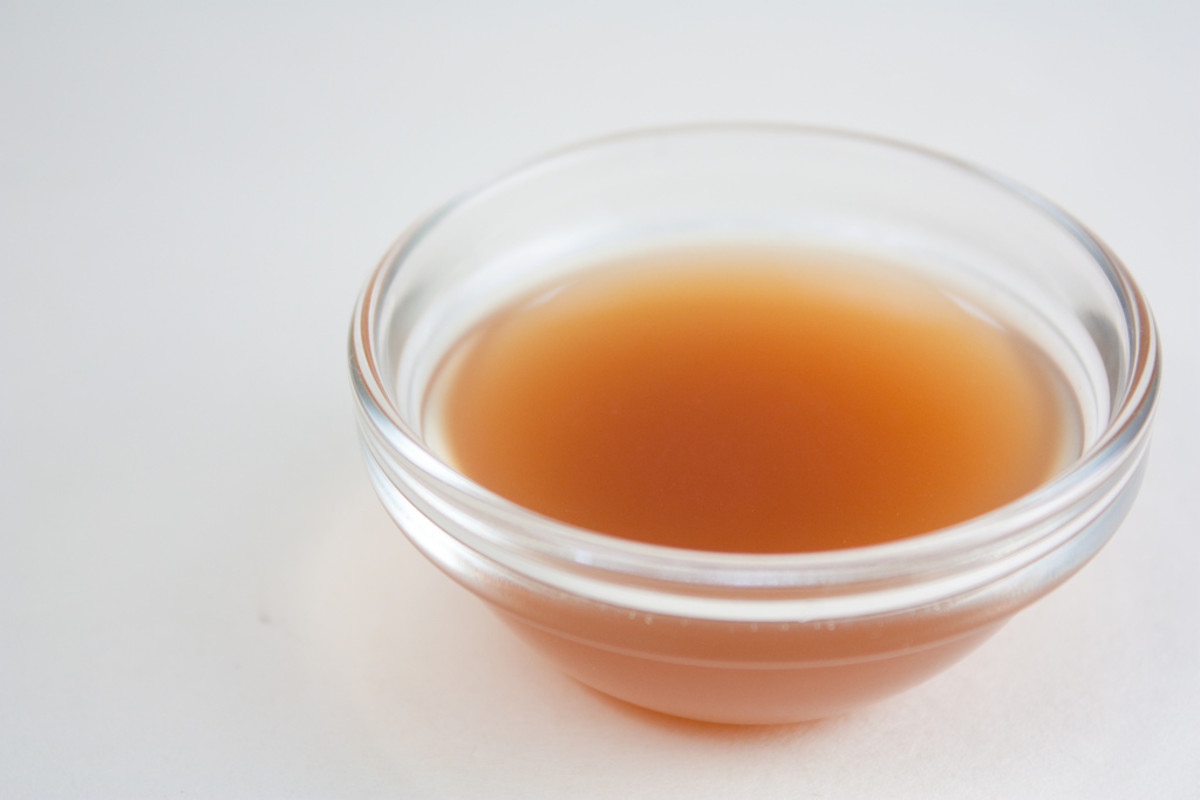Water Treatment System for Developing Countries
Well developed countries have all kinds of ways of making dirty, disease-ridden, contaminated water drinkable. Some have governments that treat acres feet of water at once and distribute it for miles to individual homes and businesses, charging only a nominal fee. Some have treatment systems for sale that are individual, point-of-use units treating one particular location.
In a developed country, such high-tech treatments are readily available and most of us have the resources to purchase them, but all countries don't have these resources.
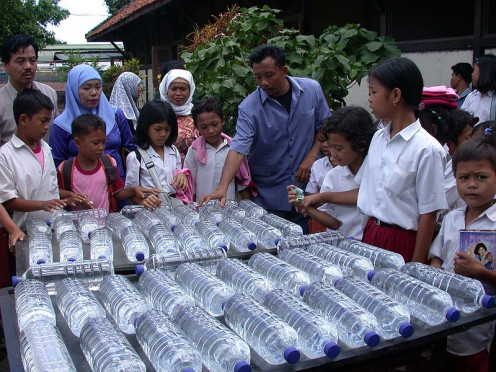
Some countries have governments that keep most of the money the country makes and use it for themselves, instead of the people. Some have cities that are served, but countrysides that are poor and bereft. Some have water galore, but all of it diseased, and little product or money anywhere to clean it up. And some have no water, except what's deep in the ground. The Western system would not work for them, but there is a system for cleaning up water that's fairly simple, very inexpensive, carries its own risks, but can be utilized in many of these situations, especially in tropical countries.
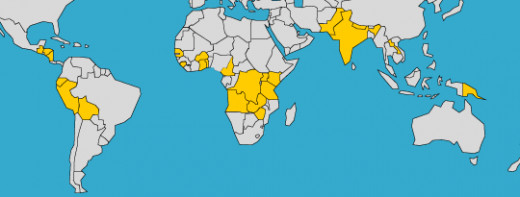
UV Bottled Water Treatment
Every country has a certain amount of sun, especially during that country's summer season. The ultraviolet (UV) rays produced by the sun will kill bacteria, viruses, and many parasites when the water has reached a certain temperature. In nature it happens all the time, but then the water is reinfected when it cools down and mixes with the soil again. However, if the disinfected water can be isolated, then it will stay disinfected and can be drunk without harm.
There are three ways in which solar radiation destroys these disease-causing (pathogenic) organisms:
-
UV-A itself destroys the bacteria's cell structure.
-
UV-A breaks up oxygen molecules dissolved in water, producing free radicals and hydrogen compounds that damage pathogens.
-
Left in direct sun for at least six hours, water heated to 50º C speeds up the disinfection process to help kill even the most resistent pathogen. On a very cloudy day without rain, it takes two days. The system will not work when it's raining.
SODIS System (SO=Solar + DIS=Disinfection)

The World Health Organization (WHO) lists the SODIS system as one of many viable, easy ways for villagers in tropical countries to make their drinking water healthier. Recipients are trained by the SODIS project or an affiliate nonprofit in what kinds of bottles to use, how to position them in the sun, and how long to leave them. If you live in the tropics and want to try it yourself, here is how the system works:
- Identify an area in your yard that gets at least five consecutive hours of direct sun per day.
-
Purchase a number of 2 quart (2 liter) transparent PET bottles or you can reuse PET bottles made for soft drinks, as long as they are transparent with no cracks or scrapes.
- Fill each bottle with water. If the water is a little cloudy, you can add sea salt or ground legume seeds (peas, beans, lentils, peanuts) to help clean it up. If it's too muddy, it will have to be filtered first.
- Lay the bottles down on their sides in the sunny area of your yard. Transparent bottles let the UV rays go in after the pathogenic bacteria, but will only treat the surface if the water is too deep.
- Leave the bottles lying for six hours or more on a sunny day. If you want to increase the effectiveness of the sun or speed it up a little, place all your bottles on a reflective surface, like corrugated tin.
- When the time is up, either store your bottle in a cool, dark area, or transfer it to a larger container that is clean and store that in a cool, dark area (like a refrigerator). The smaller bottle can then be used right away to clean more water.

Bottled Water & Health
Because of a very reasonable worry that the WHO was supporting a system that would leach pthalates or other plastic residues into the water while baking in the sun, different labs around the world experimented (and still are) to find out what really happens. They tested for antimony, adipates and pthalates, and aldehydes, among other things.
The results across the board seem to show that leaching is minimal - less than WHO's recommended limits for drinking water. There are also experimentations to develop safe PET bags that can be used in emergencies, like what Haiti experienced recently (and keeps experiencing).
Note that this method cleans up pathogens, but not chemical contaminants. If there is a factory upstream that dumps wastes in the water, or one nearby that dumps liquid wastes on the ground that sink down to contaminate the groundwater your well draws from, this disinfection method will not relieve you of either of those problems.
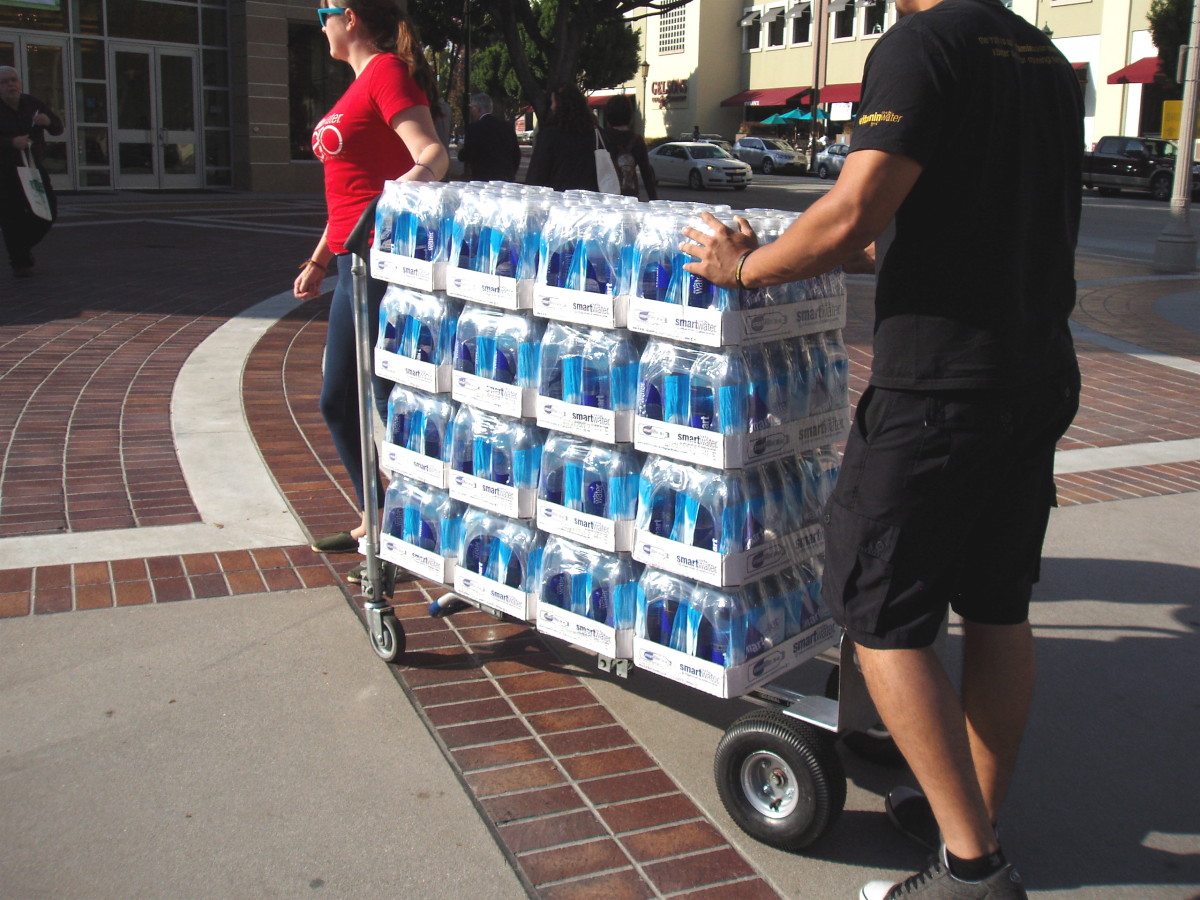
Developing Country Water Projects
The SODIS project includes promotional demonstrations at technical expos, as well as introductions to kids in elementary schools - training the next generation. The team also sets up turnkey projects, training local leaders in the specifics, the potential dangers, and how to make sure villagers are following the guidelines for safe water. There are nine laboratories around the world currently studying these projects, coordinated by the Royal College of Surgeons in Ireland. They are taking statistics and looking for ways to improve the program.
The SODIS team has projects in 24 countries around the world, as shown in the following map. In each country there is a partnering nonprofit that keeps the program going and spreading. In Bolivia the government is involved too, all working together to provide pathogen-free water for the Bolivian population.
More than 5 million people around the world now clean their drinking water using the SODIS method. There are another 1 billion people who still don't have access to clean drinking water, and who have to deal with bacterial diseases every day. Below the map is a video of a project in Cambodia.
SODIS Project in Cambodia
How to Get Started
If you are in a location where clean water is lacking and all around you children are getting sick and dying from diarrhea and dysentary, check the SODIS website for more information. You will find contact information in the lower left hand column on each page.
